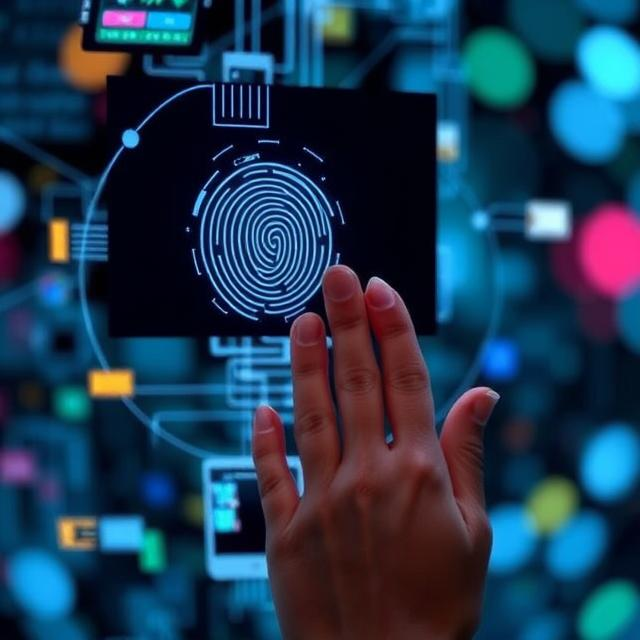21
Feb
The Future of Biometric Technology and Its Applications: Advancing Biometric Verification Systems and Identification Technology
At this moment, biometric verification has changed the entire mechanism of security, where smooth authentication and advancement in identification methods...

